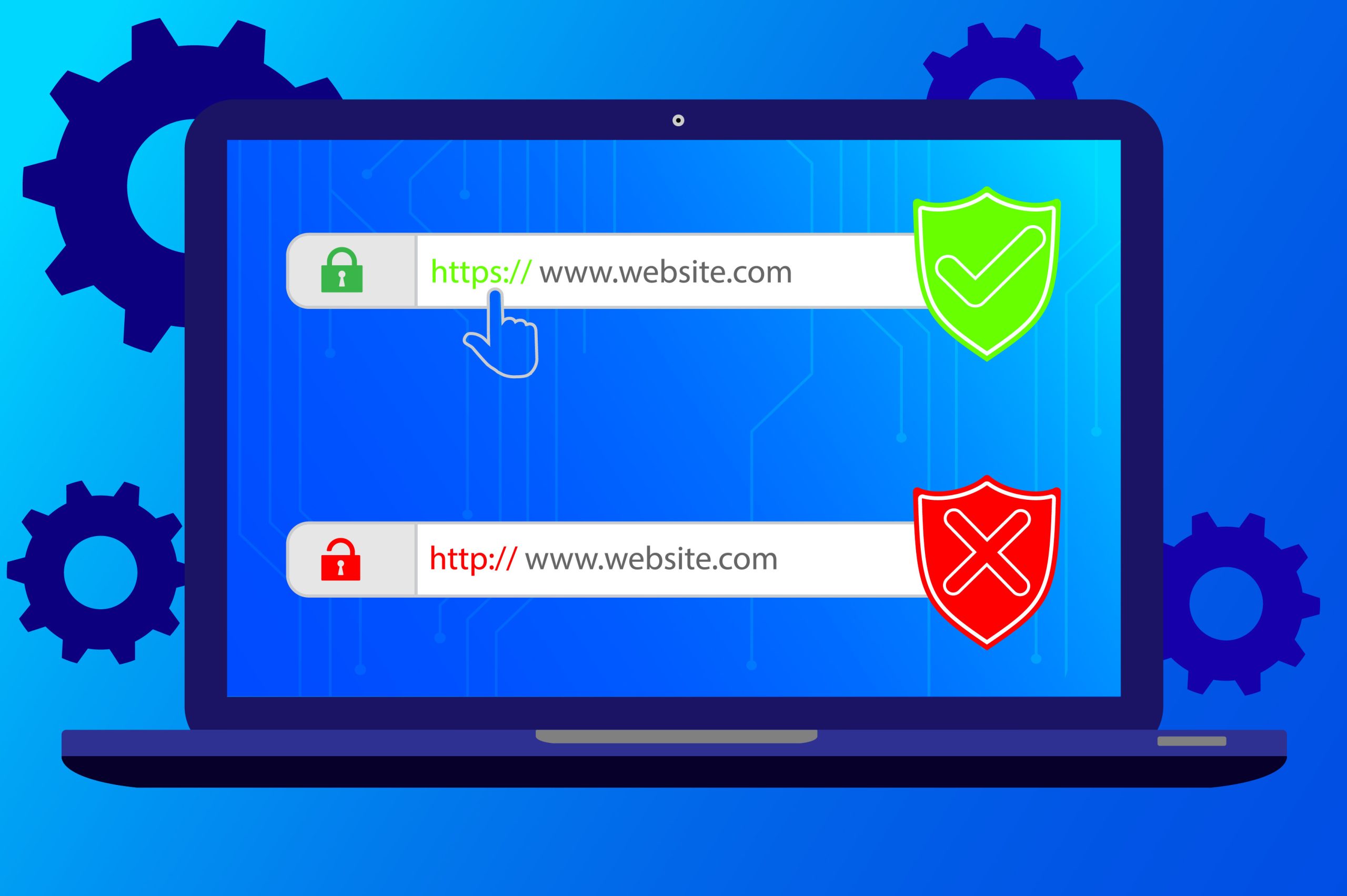7 Things You Should Check Today
In an age where your website is your business’s digital storefront, security is no longer optional it’s essential. WordPress powers over 40% of all websites globally, making it an attractive target for cybercriminals. Whether you’re running a personal blog, a corporate website, or an eCommerce store, securing your WordPress site is one of the most important things you can do to protect your brand, your
data, and your customers.
Let’s take a closer look at seven crucial areas that can either make or break your WordPress website’s security.
1. Keep Your Plugins and Themes Updated
One of the most common reasons WordPress websites get hacked is outdated plugins and themes. Developers regularly release updates to fix bugs and patch security vulnerabilities. Failing to apply these updates leaves your site open to attacks that could have been easily prevented.
Make it a habit to:
- Enable automatic updates for reliable plugins.
- Regularly review and remove unused themes or plugins.
- Only use tools from trusted developers
Think of updates not as optional upgrades but as essential repairs.
2. Use Strong and Unique Admin Credentials
Using weak or common login credentials is like locking your front door and leaving the key under the mat. Brute force attacks where bots attempt thousands of username/password combinations are still rampant, and an easy password is an open invitation.
Best practices include:
- Avoid using “admin” as your username.
- Choose long, complex passwords with a mix of letters, numbers, and symbols.
- Change your login URL from the default /wp-admin to something unique.
For additional protection, limit login attempts and enable login alerts.
3. Install a Web Application Firewall (WAF)
A firewall acts as a protective shield between your website and malicious traffic. It filters out suspicious requests, blocks known attackers, and prevents common exploits like SQL injections and XSS attacks before they even reach your website.
Popular firewall solutions for WordPress include:
- Wordfence Security
- Sucuri Website Firewall
- Cloudflare WAF
A properly configured firewall is your first line of defense and can stop most threats before they become problems.
4. Enable Two-Factor Authentication (2FA)
Even if someone steals your password, two-factor authentication adds a second layer of security by requiring a code sent to your phone or email to complete the login. It’s a simple, effective way to protect against unauthorized access.
You can easily set up 2FA using plugins like:
- Google Authenticator
- WP 2FA
- Duo Two-Factor
For admin-level users, this should be non-negotiable.
5. Check Your File Permissions
Incorrect file and folder permissions can give hackers more access than they should ever have. If a malicious script gains write or execute access to core files, it can inject malware or alter your website’s behavior without your knowledge.
General file permission guidelines:
- Folders: 755
- Files: 644
- wp-config.php: 400 or 440
If you’re unsure about these settings, it’s best to have a developer or hosting provider help you configure them safely.
6. Ensure Your Site Uses HTTPS and SSL
Running your website over HTTP leaves your data unencrypted meaning anything sent between the browser and your server can be intercepted. HTTPS, powered by an SSL certificate, encrypts data and boosts both security and user trust.
It’s also a Google ranking factor meaning it helps with SEO.
You can:
- Use free SSL certificates from Let’s Encrypt
- Use a plugin like “Really Simple SSL” to force secure connections
- Ensure your site is properly redirected from HTTP to HTTPS
If your site still shows “Not Secure” in the browser, it’s time to act.
7. Schedule Regular Backups
Even with all the right protections, no system is 100% immune. That’s why regular backups are your last and most reliable safety net. If your site is ever compromised, a clean backup allows you to restore everything in minutes instead of starting from scratch.
Use tools like:
- UpdraftPlus
- BlogVault
- Jetpack Backups
Ideally, backups should be automated, offsite, and tested regularly for integrity.
Get a professional security audit for your WordPress site
Conclusion: Security Is Ongoing Not One and Done
Securing your WordPress website isn’t something you do once and forget. It’s a continuous process of monitoring, updating, and improving. The good news? With the right practices in place, you can dramatically reduce your risks and focus on growing your business with peace of mind.
At Bytespark Digital, we don’t just build beautiful websites we build secure ones. Our team offers complete WordPress security audits, performance tuning, and ongoing maintenance so you can focus on what you do best.
Want to know how secure your WordPress site really is?
Book a Free Security Audit Now
Let’s secure your site before someone else finds the gap.

